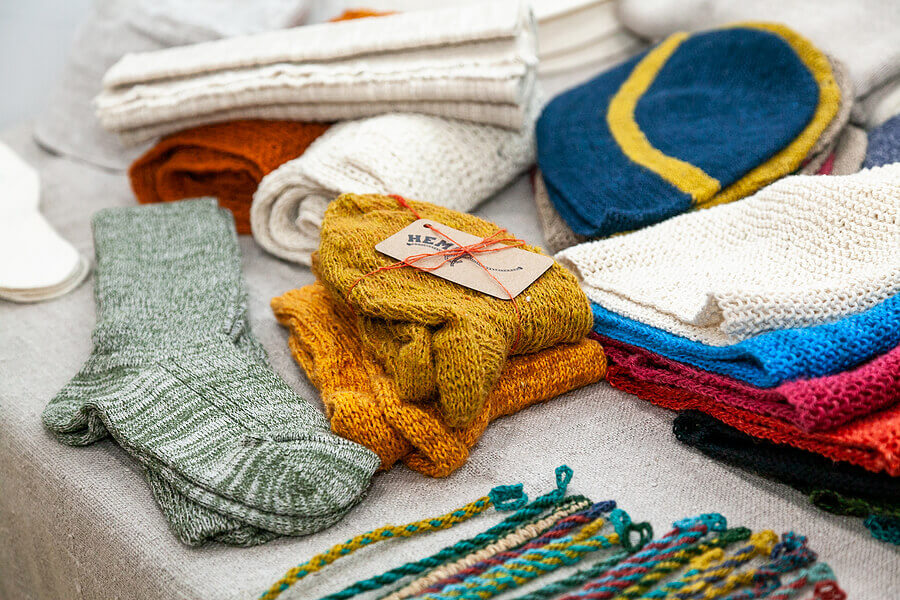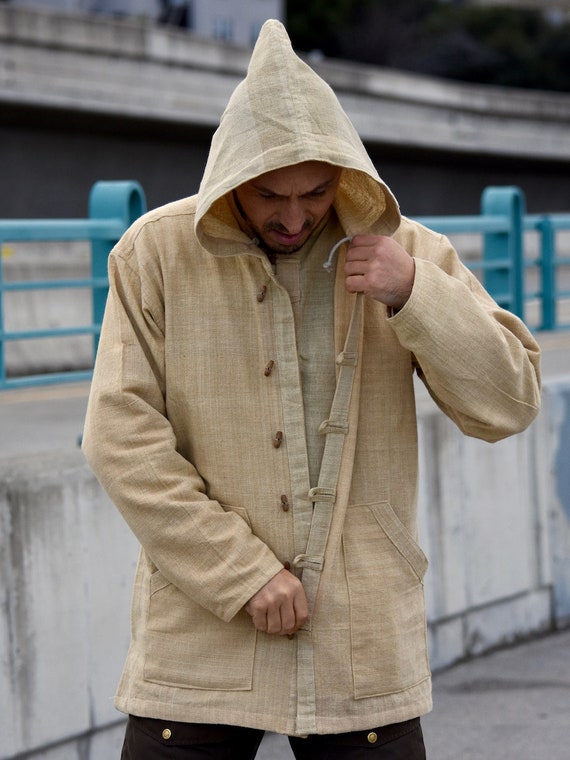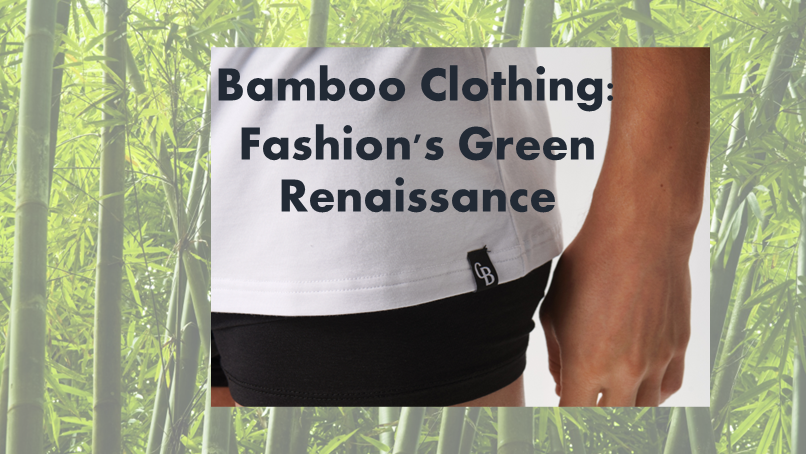Top Advice For Selecting Bamboo Clothes
Wiki Article
What Are Some Benefits That Hemp Clothing That Is Low Impact Offers For The Environment.
The hemp clothing made of low-impact fiber has numerous environmental benefits compared to clothing made from other materials, notably synthetic fibers and conventional cotton. Hemp clothing is eco-friendly. It is fast growing and requires little water, pesticides, and herbicides when compared to other crops. Hemp thrives in different climates. It also is able to adapt to soil kinds.
Hemp uses less water overall than cotton, a crop well-known for its excessive consumption. Hemp is a water-efficient choice to make clothing.
There are no herbicides or pesticides- Hemp can be cultivated without the need for synthetic herbicides or pesticides in most cases, reducing the environmental impact associated with chemical agriculture.
Hemp cultivation can enhance soil quality because of its deep-rooted roots system which helps prevent erosion and compaction of soil. It also keeps the soil in better condition to allow for future crops.
Hemp can be biodegraded. It degrades naturally with time and reduces the amount of textile waste. In contrast, synthetic fibers like polyester can decompose over hundreds of year.
Low Carbon Footprint- Production of hemp fibers results in an overall lower carbon footprint compared to synthetic materials. Furthermore, hemp is able to take in carbon dioxide during its growth and act as carbon storage.
Hemp clothing has a reputation for its durability and wear-and-tear. High-quality hemp clothing can last an extended time, decreasing the requirement to replace them regularly.
Natural Pest Resistance- Hemp plants have natural resistance to a variety of pests, which reduces the requirement for chemical insecticides.
Hemp is a flexible fabric which can be transformed into bags, clothes or accessories.
Regenerative Agriculture - Certain sustainable farming techniques include hemp in the regenerative system that aims to enhance and restore ecosystems, while producing crops. This approach is beneficial for the environment.
The dyeing process, transport and the consumer's behavior all contribute to the sustainability of the entire process. As in any sector, there are variations in production methods and guidelines. So, it's crucial to find hemp-certified clothing or organic clothes. This will give you the highest environmental benefits. Read the recommended hemp clothing for blog examples including hemp yoga pants, jungmaven clothing, 100 hemp t shirt, patagonia iron forge pants, hemp wear, hemp garments, womens hemp clothing, nomad hemp wear, hemp wear, afends jesse dress and more.

How Do Hemp Fibers Help Improve Carbon Sequestration (Carbon Sequestration) Sustainability, Sustainability And Crop Rotation (Crop Rotation)?
Hemp fibers could contribute to carbon sequestration, sustainability and crop rotation practices in several ways and are therefore an environmentally sustainable choice for agriculture and textile production- Carbon Sequestration-
Hemp is an extremely quick-growing plant that is extremely fast-growing. It is able to mature within as short as 70 to 120 days, dependent on the variety and the conditions. In its rapid growth phase hemp plants absorb carbon dioxide (CO2) from the atmosphere through photosynthesis. This carbon uptake can significantly aid in carbon sequestration, reducing CO2 levels in the atmosphere.
Hemp has a high biomass production. The tall stalks and dense leaves of the plant yield an abundance of organic matter. When the biomass is incorporated into soil or utilized in various applications, it can contribute towards the growth of carbon and organic matter.
Sustainability:
Hemp needs less synthetic pesticides, herbicides, and herbicides than many other crops like cotton. The natural resistance of hemp to many pests, diseases and weeds minimizes the need of chemical treatments. Organic hemp farming, in particular promotes sustainable farming by avoiding synthetic chemical substances.
Hemp can be watered with little water, unlike other plants that require a lot of water, like cotton. This makes it more feasible in areas that are water-deficient.
The deep-rooted system of hemp can enhance the health of the soil. His roots can help prevent soil erosion through stabilizing soil structure, and also reducing runoff. Hemp farming can boost soil microbial activities, improving the fertility of soils and the cycle of nutrient.
Hemp can be integrated into crop rotation systems. Crop rotation refers to the practice of switching between various crops in a single field. This helps break the cycle of disease and pests, reduce depletion of soil and strengthen soil structures. Hemp's role in rotational farming helps to sustain agricultural practices.
Crop Rotation
Diversification- Hemp can be incorporated into crop rotation systems alongside other crops, such as legumes grains, or vegetables. Diversification is essential for maintaining soil health, decreasing the chance of pests or diseases that are specific to particular crops, as well as promoting balanced nutrient cycle.
The roots of hemp are deep and are able to penetrate soils and open them up, reducing compaction. This also improves the water infiltration. After hemp, the improved soil structure benefit subsequent crops.
Summary Hemp fibers are beneficial to soil quality, they are compatible with crop rotation, and can improve the sequestration of carbon and sustainability. They accomplish this by fast growth, biomass, low chemical usage, water efficiency and their compatibility with crop rotation systems. These characteristics make hemp cultivation a green and sustainable agricultural practice. Have a look at the top hemp clothes hints for more advice including hemp wear, nomad hemp wear, patagonia hemp vest, hoodlamb jacket, hemp textiles, patagonia ranch jacket, hemp apparel fabric, organic hemp hoodie, mens hemp t shirts, hemp fleece fabric and more.

What Are The Benefits Of Wearing Bamboo Clothing For Environmental Sustainability And Comfort?
Bamboo clothing offers many advantages for both the comfort of the wearer as well as their surroundings.
Softness- Bamboo is known as being extremely soft. It is a silky smooth texture that feels soft against the skin. Bamboo clothing is extremely soft and popular for activewear, loungewear, intimate clothing, and other kinds of clothing.
Breathability - Bamboo fibers can be naturally breathable and moisture-wicking. The micro-gaps in the fabric allow air to circulate, keeping you comfortable and cool in hot weather. The moisture-wicking properties help remove sweat from your skin, and reduce the sensation of dampness.
Thermoregulation- Bamboo clothing has great thermoregulatory qualities. Bamboo clothing is able to keep you warm by capturing the heat near your body. It can also help you to keep cool in summer heat because it lets excessive heat and moisture to escape. This ability to adapt clothes to the temperature of the day allows it to be worn throughout the throughout the year.
Bamboo fabric is hypoallergenic. It is naturally hypoallergenic and gentle for skin that is sensitive. Bamboo fabric is less likely than other fabrics to cause allergic reactions or irritations therefore it's an ideal choice for people with allergic skin or sensitive skin.
Bamboo fibers are naturally antimicrobial and can stop the growth of bacteria that produce odor. This can help maintain the freshness of bamboo clothing, even during physical activities.
Environment-
Bamboo is a source of renewable energy that is environmentally sustainable. Bamboo is among the fastest-growing species in the world. It grows with minimal water and doesn't require any pesticides. Bamboo is able to be harvested without harming the plant, as it grows from its root system.
Bamboo is a natural water-efficient plant. Bamboo is able to flourish even without irrigation, and can often be grown by rainwater alone. This can help reduce the environmental impact associated with agricultural water usage.
Biodegradability Bamboo clothes are biodegradable meaning that it breaks down naturally as it is disposed. This feature reduces the accumulation of textile waste that is non-biodegradable landfills.
Carbon Sequestration Bamboo plants are able to absorb carbon dioxide (CO2) during rapid growth. In turn, bamboo cultivation can act as a carbon sink, assisting to combat climate change by reducing greenhouse gas emissions.
Chemical Reduction. The manufacturing process for Bamboo Fabric typically involves fewer treatments and steps in processing compared to other textiles.
Closed-Loop Manufacturing Certain bamboo fabric manufacturing processes employ closed loop production that recycles and reuses water as well as chemicals to reduce the waste and environmental impact.
It is important to remember that the impact on the environment of bamboo clothing can vary depending on the specific manufacturing process and whether the bamboo used in the process is harvested from sustainable and ethically managed bamboo forests. To reap the maximum environmental benefit, buyers must look for bamboo clothes made with eco-friendly and ethical methods. See the top bamboo clothes info for blog tips including bamboo apparel wholesale, bamboo clothing leggings, bamboo tee shirts mens, bamboo dress shirt, sustainable bamboo clothing, bamboo sweatshirt, bamboo hawaiian shirts, bamboo shirt, yala pajamas, bamboo family pajamas and more.
